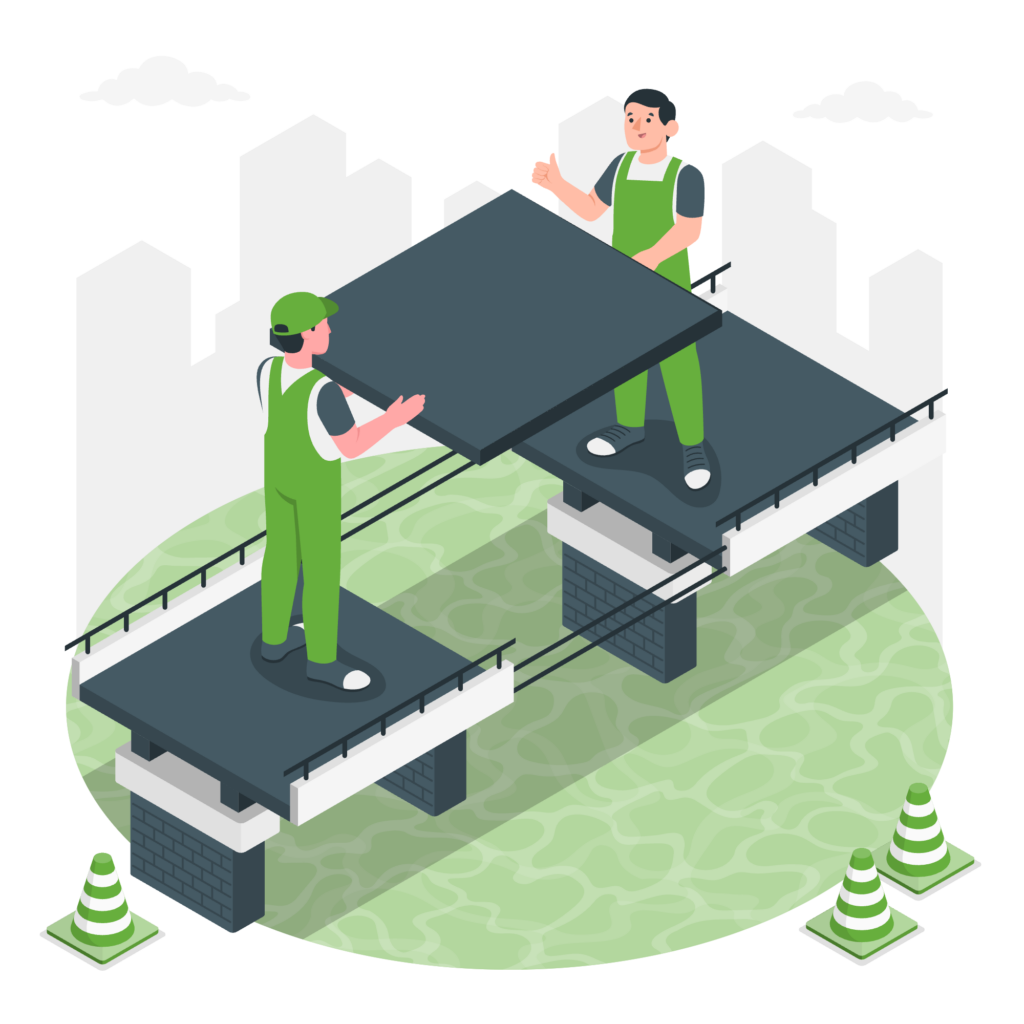With more than 14.200 individual members, 80 organisational and affiliate members and over 35 regional networks covering 152 countries (February 2024), the RDA provides a neutral space where its members come together through focused global Working and Interest Groups and Communities of Practice to:
- develop and adopt infrastructure that promotes data-sharing and data-driven research
- accelerate the growth of a cohesive data community that integrates contributors across domain, research, national, geographical and generational boundaries.
The RDA Vision and Mission
- The RDA Vision: Researchers and innovators openly share and re-use data across technologies, disciplines, and countries to address the grand challenges of society.
- The RDA Mission: RDA builds the social and technical bridges that enable open sharing and re-use of data.
RDA Guiding Principles
The RDA is built on six fundamental values and participation is open to all who adhere to its Guiding Principles.
- Openness – Membership is open to all interested individuals who subscribe to the RDA’s Guiding Principles. RDA community meetings and processes are open, and the deliverables of RDA Working Groups are publicly disseminated.
- Consensus – The RDA moves forward by achieving consensus among its membership. RDA processes and procedures include appropriate mechanisms to resolve conflicts.
- Inclusivity– The RDA seeks to promote broad, balanced and inclusive representation of its membership and stakeholder communities.
- Harmonisation – The RDA works to achieve harmonisation across data standards, policies, technologies, infrastructure, and communities.
- Community-driven – The RDA is a public, community-driven body of volunteer members and organisations, supported by the RDA Secretariat.
- Non-profit and technology-neutral – The RDA does not promote, endorse, or sell commercial products, technologies, or services and the development of open and re-usable recommendations and outputs within the RDA is mandatory.
The RDA builds the social and technical bridges that enable open sharing and reuse of data.
What do we mean by “building the social bridges”?
The RDA is a unique network of global stakeholders from many different professions, scientific and technological disciplines and domains as well as qualifications. The RDA Member Directory allows you to search and connect with them.
What do we mean by “building the technical bridges”?
RDA Recommendations and Outputs are the technical bridges. They are the technical and social infrastructure solutions developed by RDA Working Groups, Interest Groups or Communities of Practice that enable data sharing, exchange, and interoperability. They have an important impact on solving data sharing problems and adoption in infrastructure environments by individuals, projects and organisations.
To improve global data sharing, exchange and interoperability, the RDA works on raising awareness and expanding the adoption of these outputs across all regions of the world.
The RDA mission is brought to life by:
RDA Members come together through focused Working Groups and Interest Groups, formed by experts from all around the world – from academia, the private and government sector.
WGs have a lifespan of 12-18 months and are the main vehicle for producing the RDA Outputs. IGs operate without a time limit, and are committed to directly or indirectly enabling data sharing, exchange, or interoperability.
In an effort to build discipline or domain specific communities, the RDA introduced Communities of Practice (CoP) to its membership in December 2020. CoPs investigate, discuss and provide knowledge and skills within a specific discipline and/or research domain.
Birds of a Feather (BoF) groups are convened at the biannual RDA Plenaries to gauge the interest in a new topic and evaluate the need for the creation of a new IG or WG.
RDA Plenaries
The RDA Plenary meeting is the twice-annual meeting where the members of the RDA meet to discuss possible new topics, hold working and interest group meetings, and to conduct RDA business. Currently, one of the plenaries is fully virtual and the other has a hybrid format. These plenary meetings serve as important milestones in the life of Working and Interest Groups, especially in terms of achievements and outputs.
The plenaries are working meetings with a mixture of sessions. Existing Working and Interest Groups and Communities of Practice come together in breakout sessions to continue working towards their outlined goals. Birds of a Feather (BoF) sessions often give rise to a new IG or WG. Some groups also hold joint sessions with other groups to explore synergies, develop or share use cases, or exchange information.
There are also plenary sessions where the full community comes together to hear keynotes, and updates on WG recommendations and adoptions. Poster sessions allow members and groups to share their research and progress reports and networking and social events provide the opportunity to meet in small groups to collaborate and plan future work. Programmes, presentations and recordings from past plenaries show the typical RDA Plenary structure.
Plenary Pathways
Since Plenary 13, a joint effort by the Technical Advisory Board (TAB) and the Organisational Assembly (OA) has provided us with the Plenary Pathways . These are intended to help you navigate a plenary by identifying breakout sessions related to core themes and so enhancing the plenary experience. See the latest Plenary 22 pathways.


